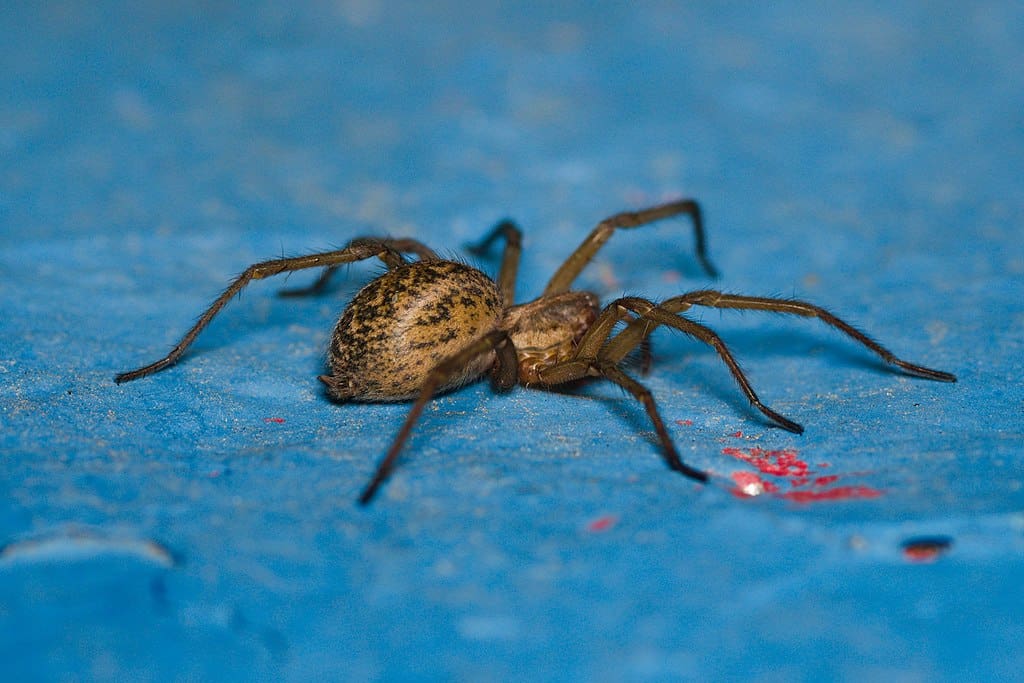Spiders, with their eight legs and intricate webs, have long fascinated humans. But why exactly do these creatures have eight legs? What evolutionary advantages does this anatomical feature provide? Well, in this article we’ll explore the science of arachnid anatomy and discover the reasons behind why spiders have eight legs!
How Spider Legs Came About
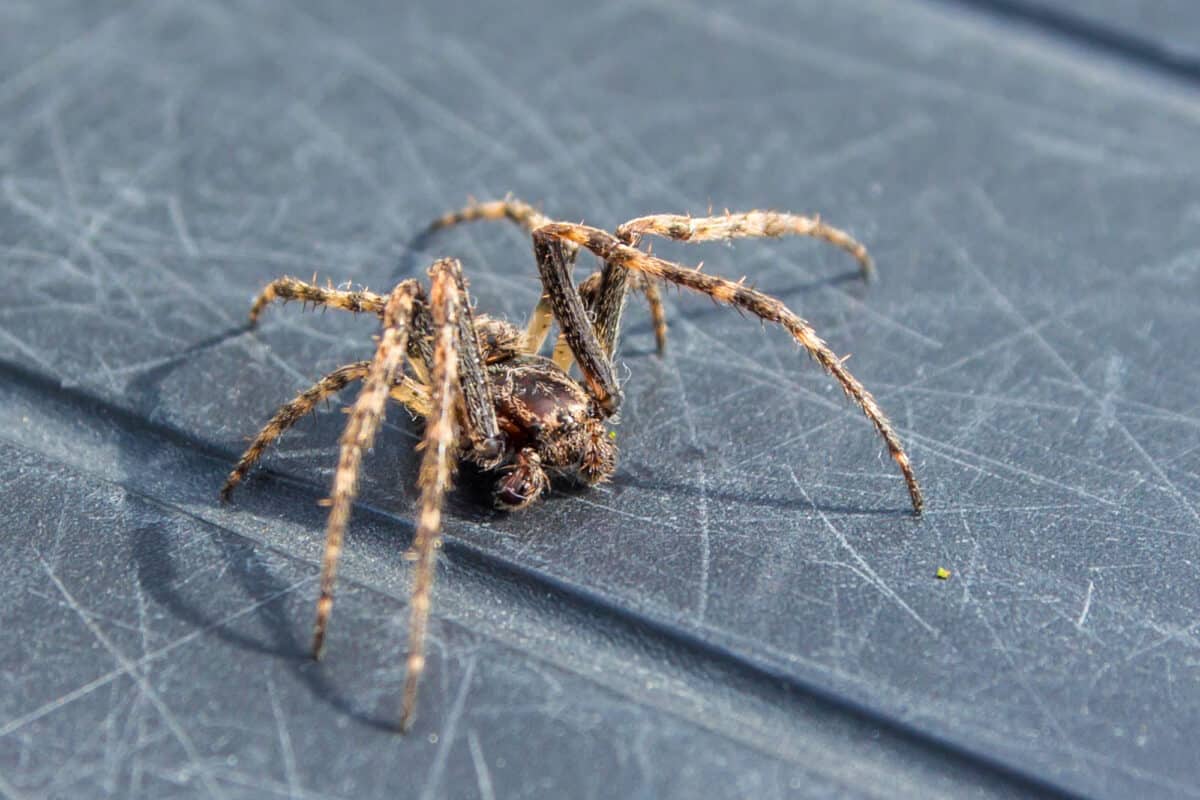
The evolution of spider legs can be traced back millions of years. Spiders belong to the class Arachnida. This class also includes scorpions, ticks, and mites. Fossil records suggest that early arachnids, known as trigonotarbids, had segmented bodies. They were likely used for locomotion and capturing prey.
Over time, as arachnids adapted to different environments, the number of leg pairs varied among different species. While some arachnids, like scorpions, have fewer than eight legs, spiders have evolved to possess eight legs as their characteristic feature. This has become essential for their survival.
Purpose of Spider Legs
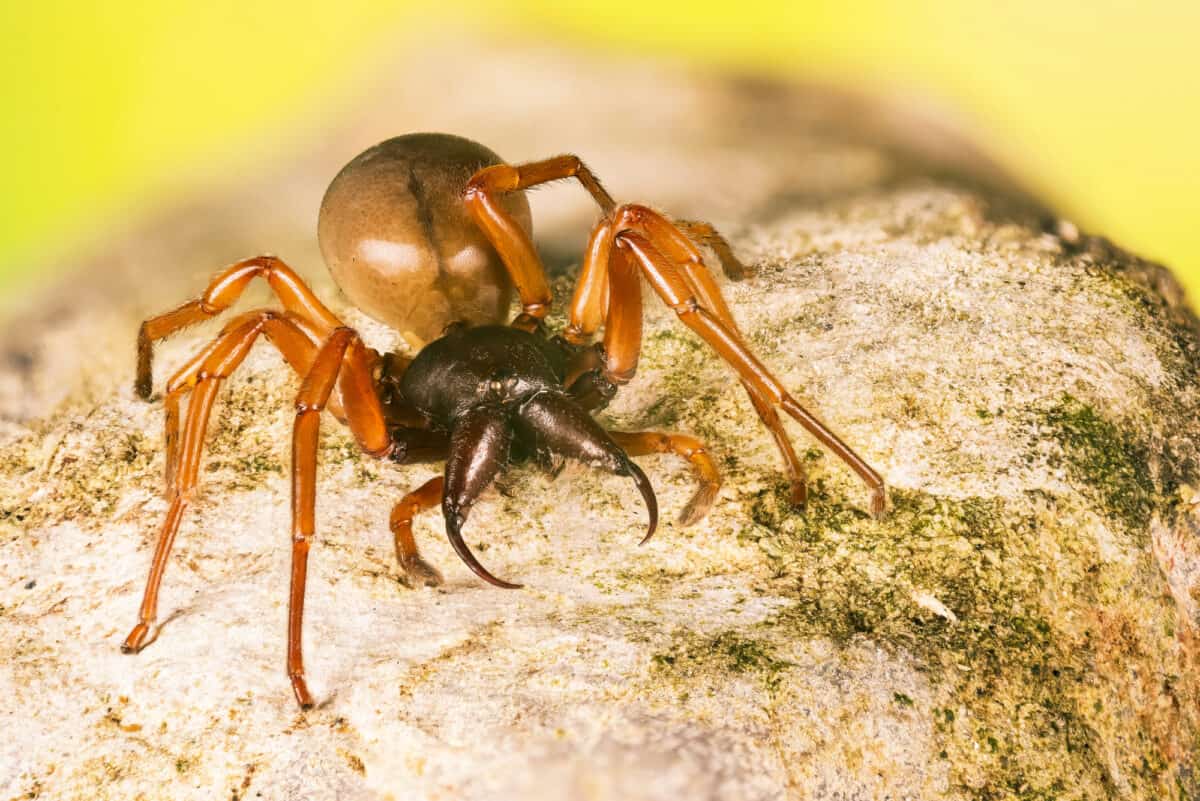
The eight legs of spiders are adapted for a variety of functions which are important to their survival:
Locomotion
Spider legs have specialized muscles and joints that give them agile movement. Spiders can walk, climb, and even jump using their legs! This allows them to navigate diverse terrains and capture prey.
Sensory Perception
Each spider leg has sensitive hairs, known as setae. They are sensory receptors for detecting vibrations, air currents, and chemical signals in the environment. These sensory cues help spiders locate potential prey, avoid predators, and navigate their surroundings.
Prey Capture
Spiders use their legs to build intricate webs and to capture prey. Once trapped, they use their legs to immobilize their victims before taking a venomous bite.
Mating and Reproduction
During courtship rituals, male spiders use their legs to communicate with potential mates through dance-like movements. In some species, males may use specific structures on their legs to transfer sperm to the female’s reproductive organs.
Adaptive Advantage of Eight Legs
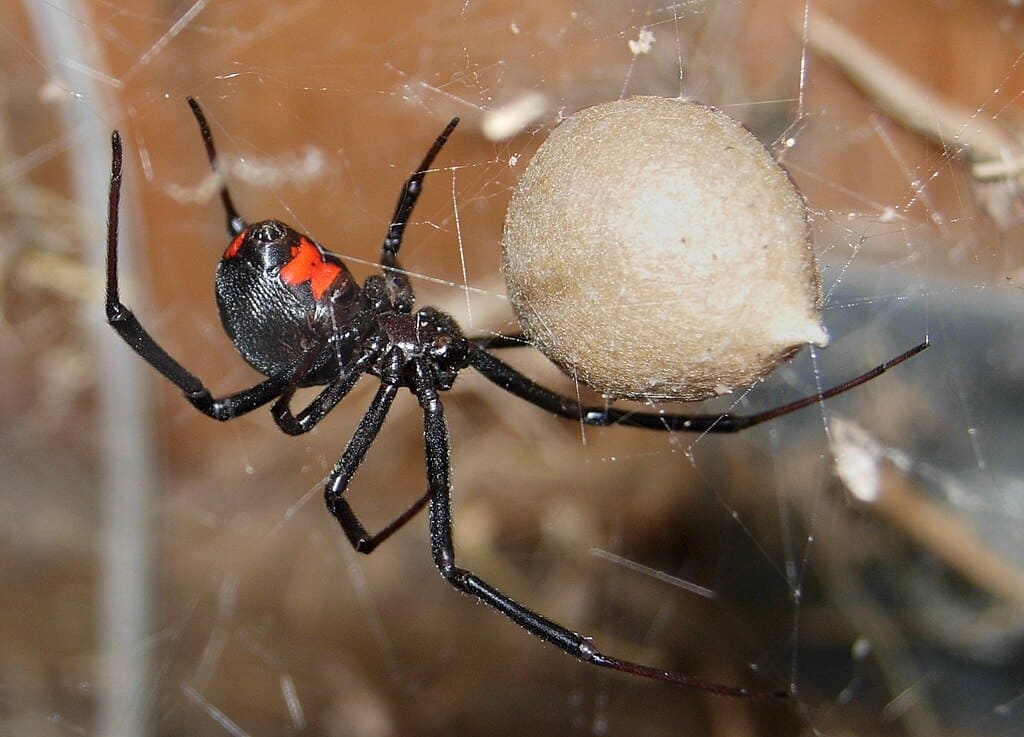
The number of legs possessed by spiders has likely been shaped by evolutionary pressures and ecological factors. Having eight legs offers many advantages:
Balance and Stability
Eight legs provides spiders with stability and balance. This allows them to navigate complex environments and climb vertical surfaces with ease.
Redundancy
Having multiple legs provides spiders with redundancy. In case of injury or loss of a limb. If a leg becomes damaged, spiders can still move effectively using their remaining legs.
Efficient Prey Capture
The eight-legged body plan enables spiders to construct complex webs and execute intricate hunting strategies. This increases their chances of capturing prey.
Variations in Spider Leg Functionality
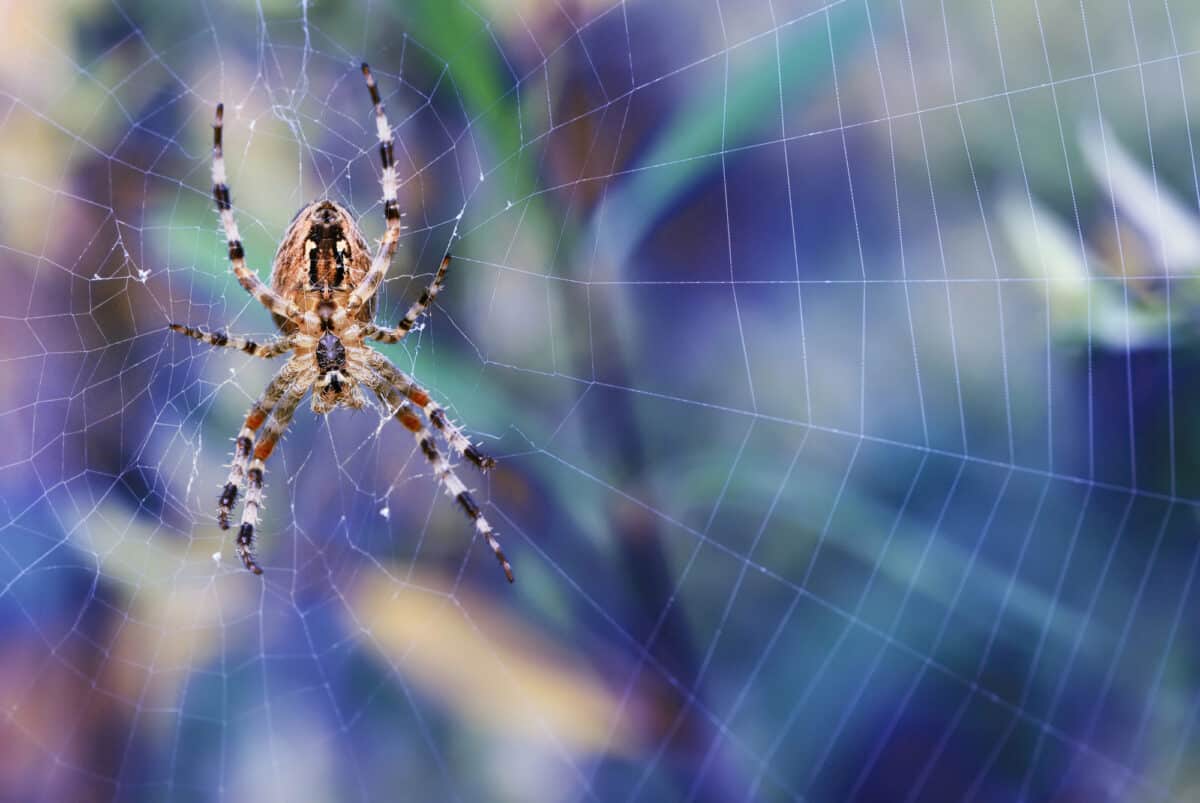
While all spiders possess eight legs, there is considerable variation in leg morphology and function among different species. Some spiders have long, slender legs adapted for weaving intricate webs, while others have short, robust legs suited for hunting and stalking prey.
Additionally, certain spider species have evolved specialized adaptations. Such as spiny leg extensions for swimming or flattened leg segments for camouflage. These adaptations show us the diverse ecological roles adopted by spiders in response to their environments.
Wrap Up
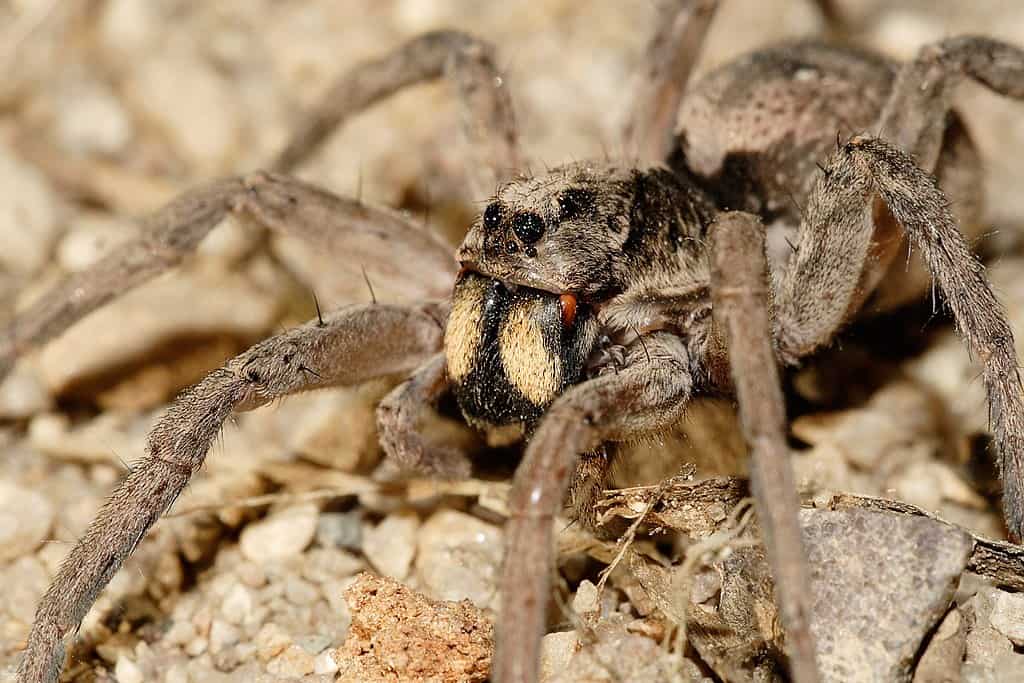
Overall, the presence of eight legs in spiders shows the adaptations and evolutionary success of these arachnids.
Thanks for reading along! For more, check out our related article link below.
Next up:
Join our Forum for free today!

- Huge Pet Bison Breaks Into House - July 22, 2024
- Giant Black Bear Surprises Beachgoers by Emerging from the Ocean in Florida - July 22, 2024
- Brave Man Plays Instrument While Huge Bear Caresses His Shoulder - July 22, 2024

